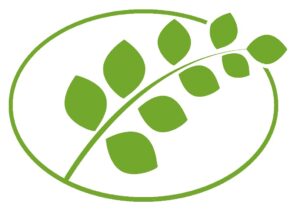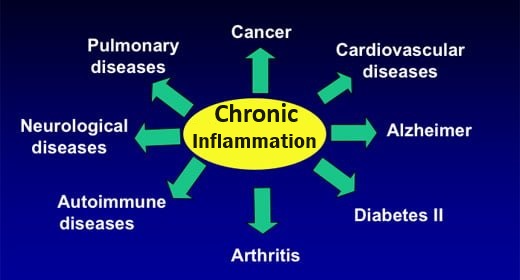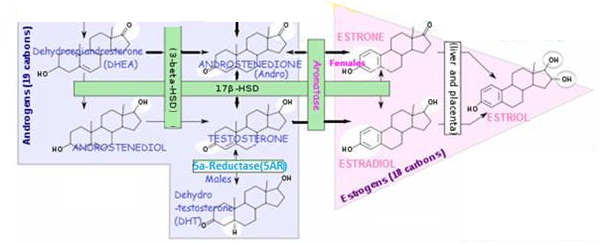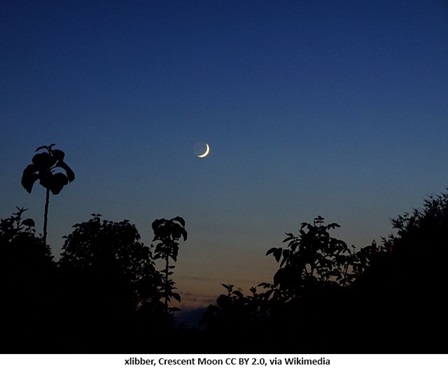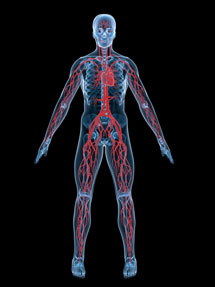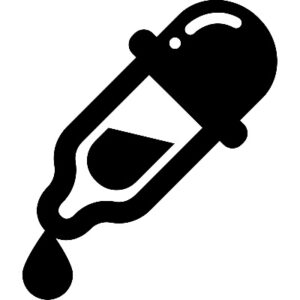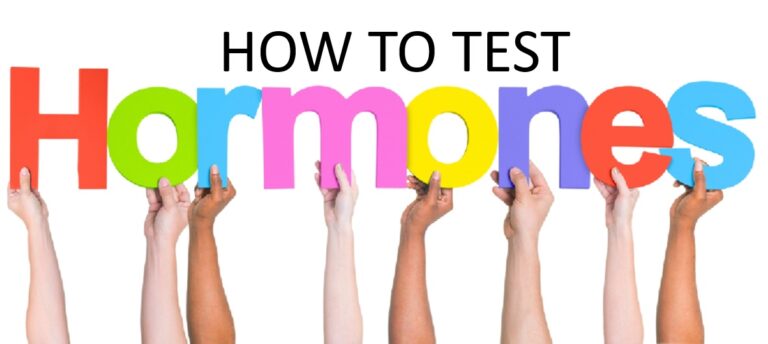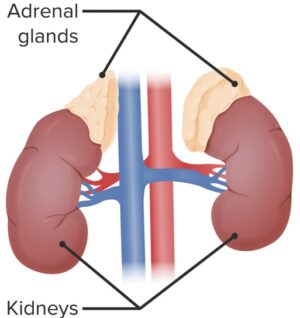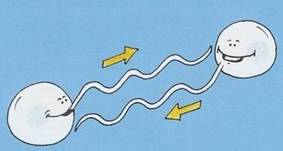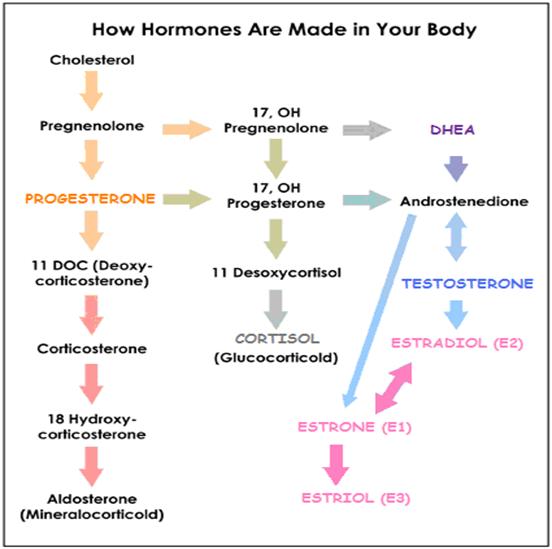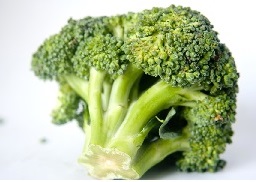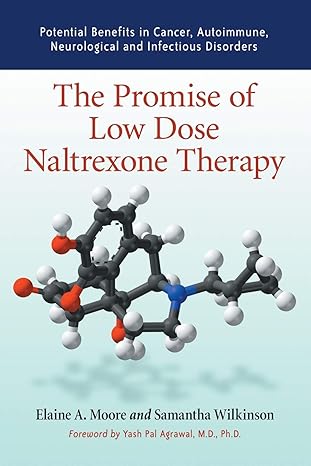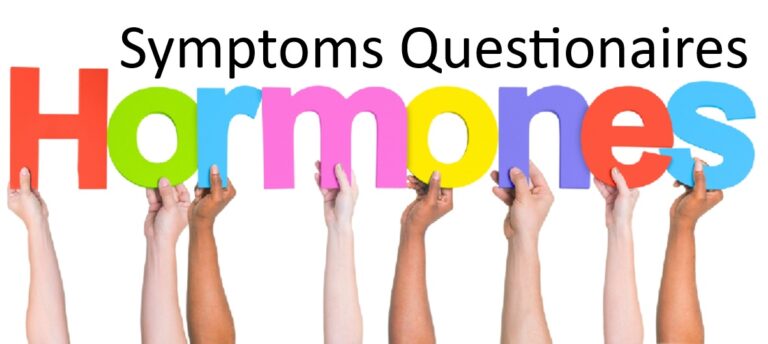How to reduce body's estrogen levels - STEP 1 in countering estrogen dominance


(1) Reduce estrogenic intake
Moderate intake of plant estrogens
Eat only moderate amounts of ORGANIC soy and flax
Avoid concentrated soy products. In fast food meals and other processed foods, protein powders, bars, and soymilk. Also note that >90% of U.S. soy is genetically modified and showing detrimental effects on our reproductive and immune systems.
Minimize caffeine consumption
Minimize caffeine in tea, coffee, soft drinks etc. Caffeine is a CNS stimulant linked to higher estrogen levels. Studies have shown that women who consumed > 500 mg of caffeine daily (~4 or 5 cups of coffee, had ~70% more estrogen during the early follicular phase than women who consume < 100 mg of caffeine daily (~ 1 cup of coffee). Fertility and Sterility 2001;76:723-729.
Avoid estrogen-containing medications
These include estrogen-containing drugs (E.g. Hormone Replacement Therapy, Birth Control pills, steroids, ulcer medications (e.g. cimetidine), some antibiotics (E.g. tetracycline, ampicillin), anti-fungal medications and antidepressants.

Inhibit estrogen production
Lower production of / Inhibit aromatase ▼enzyme
The aromatase enzyme is required to facilitate the conversion of TESTOSTERONE or ANDROSTENEDIONE to estrogen in the ovaries of reproductive age women, mens’ testes, or adipose tissue from older or obese men or women.
Reducing body fat decreasesaromatase ▼ production by adipose tissue
Aromatase-inhibiting▼foods:
- Fruits: Berries, citrus fruits, pears, pineapples, grapes, melons, figs, pomegranates, but NOT apples, cherries, dates
- Vegetables: Green beans, squashes, onions
- Grains: millet, corn, tapioca, rice, flour
Increasing body’s PROGESTERONE inhibits ▼the transcription of the aromatase gene. By interaction with the glucocorticoid receptor in adipose tissue in a dose-dependent manner. The absence of PROGESTERONE receptors in adipose fibroblasts enables PROGESTERONE to inhibit glucocorticoid-dependent aromatase induction. It is proposed that it is a suppressor of aromatase induction in adipose tissue in premenopausal women. Schmidt M et al, 1998
Zinc. A natural aromatase inhibitor.
Pomegranate. Ellagitannins (Ellagic acid) found in pomegranates inhibit aromatase;Urolithin B, a metabolite produced from ellagic acid, significantly inhibited cell growth in estrogen-responsive cancers.
Flavones and Isoflavones. Shown to be aromatase inhibitors;
- White Button Mushrooms. Grube BJ, 2001; Chen et al; 2006
- Chrysin + Piperine. Chrysin is a non-estrogenic flavone derived from the Passiflora plant (passion flower) and found in honeycomb in small amounts, has not proved to be an effective aromatase inhibitor when taken (orally) alone. A 1999 study [Biochemical Pharmacology, 1999, Vol.58]identified chrysin’s poor absorption in the bloodstream. However, pilot studies have found that when chrysin is combined with piperine, reductions in serum ESTRADIOL and increases in total and free TESTOSTERONE result in 30 days. Chrysin may also work as an aromatase inhibitor if taken in combination with citrus bioflavanoids, the way they appear in nature. To be effective alone, chrysin needs to be absorbed topically in a cream, or absorbed through mouth mucosa by sucking a lozenge.
- Luteolin. Most often found in leaves, but also in celery, thyme, green pepper, perilla, chamomile tea, carrots, olive oil, peppermint, rosemary, oregano, dandelion, rinds,barks, clover blossom and ragweed pollen. Also isolated from Salvia tomentosa.
- Kaempferol. Natural flavonoid has been isolated from tea, broccoli, Brussels and apples; extracted from delphinium, witch-hazel and grapefruit, but requires high concentration for anti-aromatase effect not likely achieved except via extraction.
- Quercetin. In red wine, inhibits aromatase;
- Soy isoflavones. Specifically genistein and daidzen are known to be potent aromatase inhibitors. Soy isoflavones at moderate doses are mildly estrogenic by binding to the ESTRADIOL receptors in the tissues and thus blocking ESTRADIOL (the more potent estrogen hormone). Also, soy isoflavone supplementation was shown to significantly increase sex hormone binding globulin (SHBG, the protein that binds /inactivates estrogen in the blood) in postmenopausal women with low initial SHBG levels, thereby reducing free estrogen. Pino AM et al, 2000
However, HIGH soy isoflavone intake will have an estrogenic effect and researchers From the University of Illinois, Virginia Polytechnic and State University and the National Center for Toxicological Research, article in the journal Carcinogenesis found that when patients taking a drug used against estrogen-dependent breast cancer also took genistein, it reduced the effectiveness of the drug. i.e. tumors began to grow again, growing fastest at the highest doses of genistein.
- Combination of Citrus bioflavonoids + Soy Flavones. Experiments conducted in Italy have shown that combining citrus bioflavonoids with soy flavones creates a more powerful defense against estrogen than taking soy flavones or citrus flavonoids alone.Citrus flavonoids are abundant in the white, spongy layer of citrus peels.
Flaxseed lignans may be anti-aromatase. Flaxseed lignans are found in the fibrous part of flaxseed, and according to Udo Erasmus phD, a leading expert on fats, they contain anti-estrogenic properties.It’s unclear whether they work by solely blocking estrogen receptors, or by blocking the aromatase enzyme as well.However, lignans have shown positive results as a natural aid against estrogen-related problems.The best, natural source of flaxseed lignans is ground flaxseed (i.e. flaxmeal).
Stinging nettle (extract) is anti-aromatase:
- Aphrodisiac effect on men by increasing the level of free TESTOSTERONE in the blood. Contain compounds that bind to SHBG, reducing the binding of TESTOSTERONE to SHBG;
- Blocks binding of growth-stimulatingEstrogen to prostate cells. Useful in treating benign prostatic hypertrophy (BPH);
- Natural aid for women who suffer fromEstrogen-related stubborn fat.
Drugs. Aramidex
Resveratrol. A partial ER agonist (i.e. activates ER receptors), and yet acts as an ER antagonist in the presence of estrogen leading to inhibition of human breast cancer cells.
Increase MELATONIN levels
- One of MELATONIN’s roles is the reduction of estrogen production in the body. Probably also reduces the number of estrogen receptors (ERs). MELATONIN is produced in total darkness (usually during sleep) and is significantly reduced by excessive exposure to light (including late night TV viewing).
Avoid boron supplements
- Supplementing boron raises estrogen levels. Even at the typical supplementation dose level of 3mg, boron can increase estrogen production in the body. High levels of boron also affect the absorption of calcium, magnesium, and phosphorus. Collins J, 2000

(3) Reduce exposure to environmental xenoestrogens
Reducing xenoestrogen levels in the body is a long-term process achieved by reducing xenoestrogen exposure
- An estrogen-dominant body tries to compensate by desensitizing its estrogen receptors, making them less sensitive to estrogen – However, because natural PROGESTERONE re-sensitizes the estrogen receptors to normal sensitivity, if one uses natural PROGESTERONE without first getting rid of exposure to xenoestrogens / excess phytoestrogens symptoms would likely get worse (E.g. cysts get bigger, breasts become sorer, more bloating and fat gain around the middle).
- Be patient – After cutting out xenoestrogens (and excess phytoestrogens), it takes about 1-3 months, for these “undesirables” to leave the body.
Xenoestrogens – “Gender Benders”
Plastics
Avoid. #3 Vinyl/PVC and #7 OTHER (usually polycarbonate), which are estrogenic.
OK. Non–estrogenic plastics. PETE, HDPE, LDPE, Polypropylene and Polystyrene do NOT contain phthalates or use BPA during production (polymerization) or package-forming.
Children / Babies
- Use glass baby bottles. Not #7 polycarbonate; heating milk in them leaches even more BPA.
- Do not use PVC bottle nipples or teethers
- Throw out PVC (squeezy) toys
- Use powdered baby formula instead of cans. To reduce Biphenol-A exposure; breast milk is the best choice.
Food
- Preferably eat organic meat and produce / wash fruit and vegetables. The feed of non-organically raised animals contain hormone-disrupting toxins, including pesticides, herbicides, synthetic or “bio-solid”(recycled human excrement) fertilizers, antibiotics, and drugs to combat disease when so many animals are packed closely together. Produce with the most pesticides reported in 2024 Shopper’s Guide to Pesticides in Produce, include strawberries (contain vinclozolin, a known endocrine disruptor), spinach, kale, collard and mustard greens, grapes, bell and hot peppers, green beans, peaches, pears, apples. nectarines, cherries, blueberries,. Foods with the least number of pesticides include avocados, sweet corn, onions, sweet peas and potatoes, asparagus, cabbage, mushrooms, pineapple, honeydew melon, kiwi, watermelon, mangoes.
- Trim fat from meat and skin from poultry and fish that tend to store toxins
- Use rBGH-free milk and dairy / Eat growth hormone-free meat. Estrogenic growth hormones are commonly injected into and fed to livestock
- Moderate coffee/tea drinking. To limit estrogenic caffeine intake.
- Home filter your water to remove hormones. E.g. synthetic estrogens from the urine of women taking HRT and birth control pills that are flushed down the toilet, eventually finding their way back into our water and food supply.
- Store/Heat food and liquids in glass or ceramics. Heated #3 plastics leach very quickly into food; most foodservices use plasticized #3 cling-wrap containing phthalates.
- Choose packaged goods in glass or paper containers
- Eat mostly fresh foods. Cut back on processed and pre-packaged foods in general.
- Don’t overheat Teflon pan (preferably don’t use at all). If its smoking, it’s poisoning you.
- Eat wild fish. Less contaminated than farmed fish; choose an effective supplement uncontaminated by PCBs, dioxins and mercury.
Personal
- Use parabens-free, natural ingredient, non-toxic cosmetics;
- Use natural soap, shampoo, toothpaste, anti-perspirant, lotions, perfumes and other toiletries. Check out this site for help choosing personal care products.
- Nail polish and remover. Acetone is a xenoestrogenic solvent.
- Use condoms without spermicide (xenoestrogenic) for birth control. Instead of birth control pills.
Household
- Use non-toxic, environmentally safe, “green” detergents, fabric softeners, dishwashing detergent, cleaning products
- Avoid artificial air-fresheners – use essential oils in a diffuser or lightly heated;
- Avoid lawn and garden sprays, indoor insect sprays – use natural herbicide/pesticide control, such as grapefruit seed extract, hydrogen peroxide,1 Cup salt in 1 gallon of vinegar, or other alternatives;
- Minimize exposure to synthetic chemical solvents – E.g. methanol, aldehydes, ketones in paints, paint remover, varnishes, glues, cleaning products, carpet, fiberboard, other processed woods;
- Don’t dry-clean clothes or use fragranced dryer sheets
- Replace vinyl shower curtain with fabric one
- Don’t use vinyl wallpaper
- Replace Teflon pots/pans with ceramic, glass or stainless steel cookware

(4) Help liver better eliminate estrogen
Detoxify the liver
- The liver eliminates estrogens through bile and urine. To promote sufficient bile flow and enable the liver to metabolize and clear estrogen effectively, one should cleanse the liver using, for example:
- Coffee Enema
- Herbs -milk thistle, dandelion root;
- SAMe – And other Methyl Donors;
- Combination of Chinese Bitters(before breakfast) + Coptis. Eliminate estrogens. Coptis is an effective bile stimulator.
- Daily morning exercises. E.g. stretching and deep breathing can also help by “activating” the liver.
- Avoid drugs, alcohol, toxins, which impair liver function. The liver’s ability to cleanse the blood of estrogen is compromised when the liver has to work hard to eliminate toxins. The use of anabolic steroids, marijuana, cocaine, caffeine and other drugs or environmental agents can affect hormone levels. Excessive alcohol intake can increase the body’s conversion of TESTOSTERONE into estrogen, especially in fat cells. It can also block the liver from effectively breaking down/eliminating excess estrogen.
- Decreased clearance rate of estrogens by the liver could be due to organic lesions such as cyrrhosis
Ensure sufficient magnesium / B vitamins aid liver’s estrogen clearance
B vitamins (B6 in particular) and magnesium have important roles in estrogen metabolism / clearance by the liver. i.e. a deficiency in either reduces liver’s estrogen clearance rate, contributing to ED by increasing imbalance of estrogen to PROGESTERONE .
- B6 has a role in the metabolism of estrogens. Biskind MS, 1943, Biskind MS and Biskind GR, 1942; Biskind MS and Biskind GR, 1944; Biskind MS and Biskind GR, 1945;
- Magnesium influences estrogen conjugation directly. By increasing glucuronyl transferase activity, an enzyme involved in the hepatic glucuronidation of estrogens. Brown RC and Bidlack WR, 1985
B6 activation needs Magnesium and B2. Magnesium deficiency may lower liver’s estrogen metabolism / clearance by decreasing the biological activity of B6
- B6 (Pyridoxine) activation depends on magnesium and B2. B6 requires phosphorylation (requiring magnesium) and oxidation of pyridoxine phosphate (requiring B2) to become active.
- In self preservation, Vitamin B6 increases active transport of minerals (such as magnesium) across cell membranes. Study showed significant increase of transfer and therefore its utilization. Abraham, G.E.et al, 1981
Lack of B6 may be responsible for the infamous “PMS-ing“. This refers to the most common category of premenstrual tension syndromes (PMTS), characterized by a premenstrual increase in anxiety, nervous tension, irritability and mood swings;
- B6 increases DOPAMINE (the calming neurotransmitter). As a cofactor in the conversion of CNS-active excitatory amino acids to the corresponding inhibitory amino acids. If B6 activation is blocked, an alternate pathway converts pyridoxine to pyridoxic acid, which is excreted in the urine . . . increased excretion of pyridoxic acid has been reported during the luteal (post ovulation/pre-menstrual) phase of the menstrual cycle. Abraham GE, 1985
How much B and magnesium to supplement?
- B-vitamins. You need ~5-8 mg of B6 along with all the other B-complex vitamins.
- Magnesium. Supplement with 400-600 mg oral magnesium and also use transdermal magnesium for a few months to quickly increase magnesium levels in your body.

(5) MODERATELY supplement diet with phytoestrogenic foods
Phytoestrogens mimic body estrogens. The similarities, at molecular level, of body-produced estrogen with its corresponding plant version, allow them to mildly mimic and sometimes act as antagonists of the hormone. Phytoestrogens, wikipedia; http://www.cancersupportivecare.com/estrogenherb.html
How much dietary phytohormone content is good for You? An epidemiological study of women in the U.S. found that the dietary intake of phytoestrogens in healthy post-menopausal caucasian women is < 1 mg/day. de Klein MJ et al, 2001
Some plant constituents mildly mimic estrogen by binding to their receptors (ERs). This function can be utilized to reduce the effect of estrogen . Phytoestrogens are able to “dock” onto the estrogen receptor (ER), but produce a weaker response than estrogen
- Phytoestrogenic foods should only be consumed in moderate amounts: E.g. in beans, flaxseed and organic soy
- The highest commonly used ER-binding herbs: Licorice, red clover, thyme, turmeric, hops, and verbena

(6) I3C (=> DIM - anti-estrogen ) in crucifer vegetables

(7) Some drugs inhibit estrogen by various methods
- Fulvestrant (Faslodex®). Eliminates the estrogen receptor;
Tamoxifen and toremifene (Fareston). Work by temporarily blocking estrogen receptors on breast cancer cells, preventing estrogen from binding to them.

References
Abraham, G.E.; Schwartz, U.D.; Libran, M.M.: Effect of vitamin B-6 on plasma and red blood cell magnesium levels in premenopausal women. Ann. clin. Lab. Sci. 11: 333 (1981) PubMed
Abraham, G.E. (1985): Bioavailability of selected nutrients from a dietary supplement. Optivite for women. J. appl. Nutr. 37: 67
Brown, R.C.; Bidlack, W.R. (1985): Regulation of glucuronlyl transferase by intracellular magnesium. Proc. Int. Symp. Magnesium and Its Relationship to Cardiovascular, Renal and Metabolic Disorders, Los Angeles
Chen S et al,(2006) Anti-aromatase activity of phytochemicals in white button mushrooms (Agaricus bisporus)”, Cancer Res. ,
Collins, J. (2000). What’s your menopause type? Prima Health, Roseville, Calif.
Biskind, M.S.(1943): Nutritional deficiency in the etiology of menorrhagia, cystic mastitis and premenstrual tension. Treatment with vitamin B complex. J. clin. Endocr. Metab. 3: 227-234 .
Biskind, M.S.; Biskind, G.R.(1942): Effect of vitamin B complex deficiency on inactivation of estrone in the liver. Endocrinology 31: 109-114 .
Biskind, M.S.; Biskind, G.R.(1945): Inactivation of TESTOSTERONE propionate in the liver during vitamin B complex deficiency. Alteration of the estrogen-androgen equilibrium. Endocrinology 32: 97-102 .
Biskind, MS.; Biskind, GR.: Biskind, L.H.(1944): Nutritional deficiency in the etiology of menorrhagia, metrorrhagia, cystic mastitis, and premenstrual tension. Surgery Gynec. Obstet. 78: 49-57
de Kleijn MJ, van der Schouw YT, Wilson PW, Adlercreutz H, Mazur W, Grobbee DE, Jacques PF. Intake of dietary phytoestrogens is low in postmenopausal women in the United States: the Framingham study(1-4). J Nutr. 2001 Jun;131(6):1826-32. PubMed
Grube, Baiba J, (2001) White button mushroom phytochemicals inhibit aromatase activity and breast cancer cell proliferation. J. of Nutr., ;
Pino AM et al, Dietary Isoflavones Affect SHBG Levels in Postmenopausal Women, J. Clin. Endocrinol. Metab. 2000 85: 2797-2800, doi: 10.1210/jc.85.8.2797

